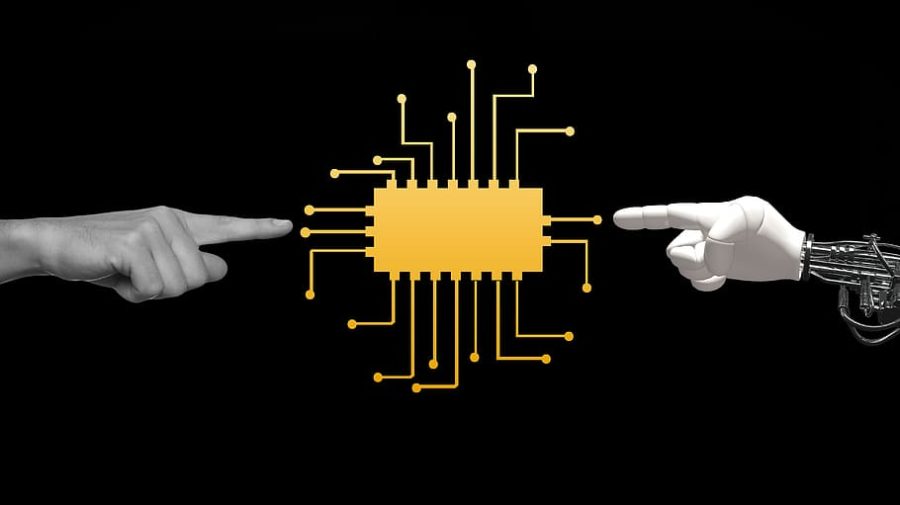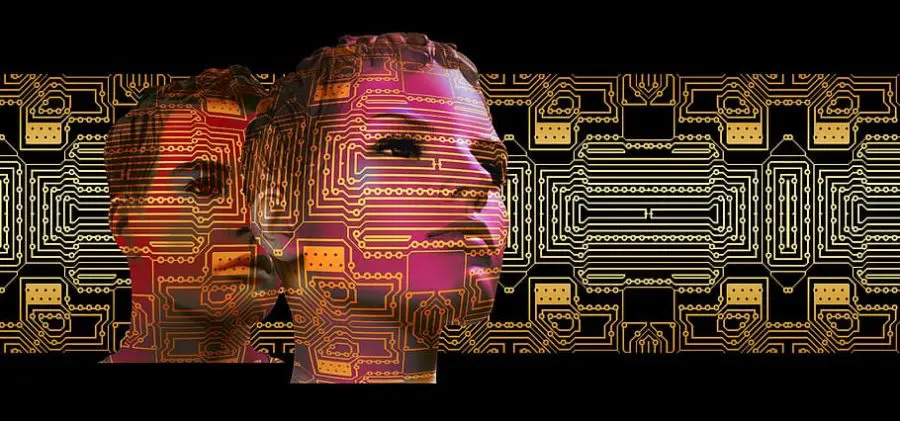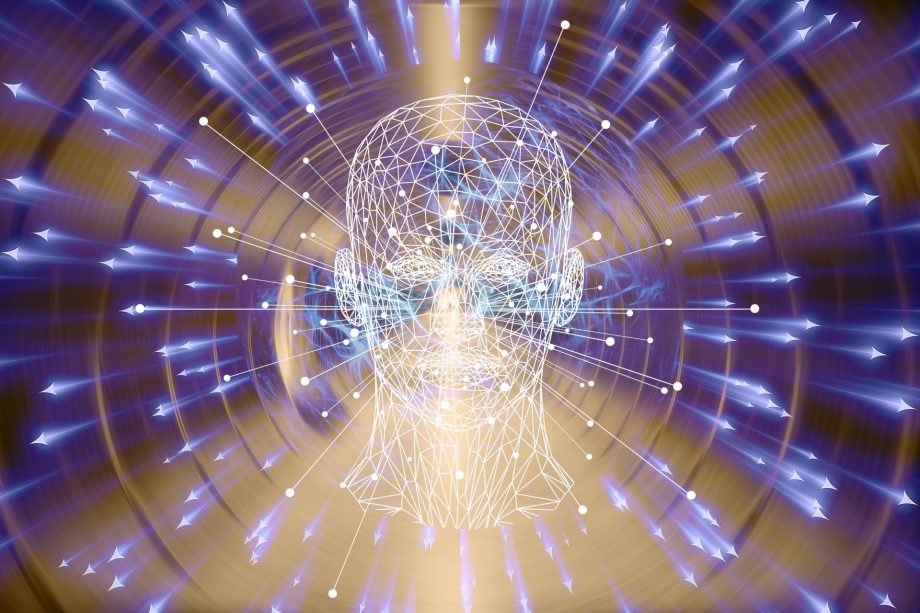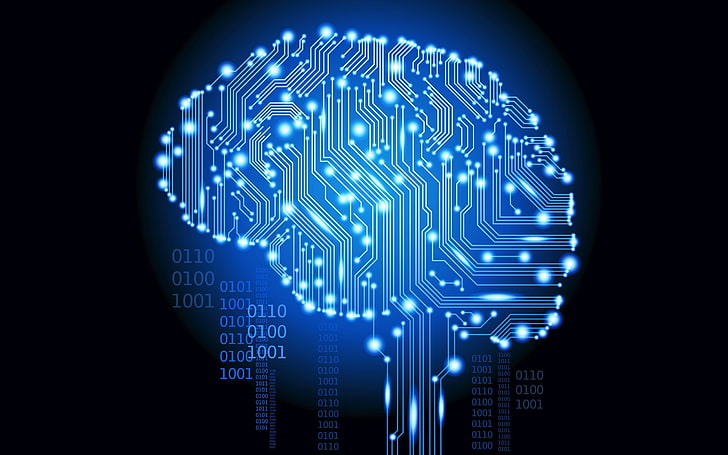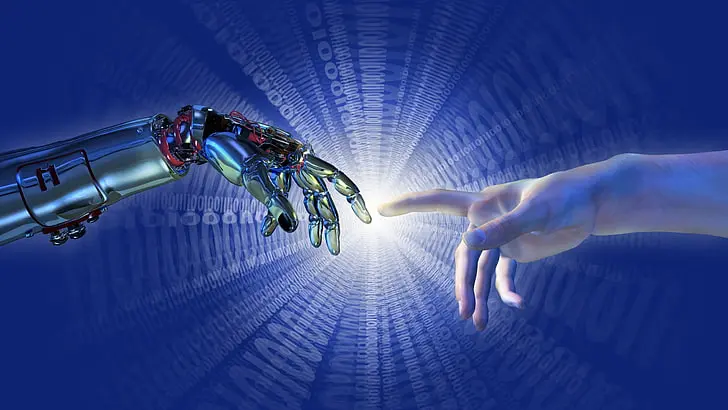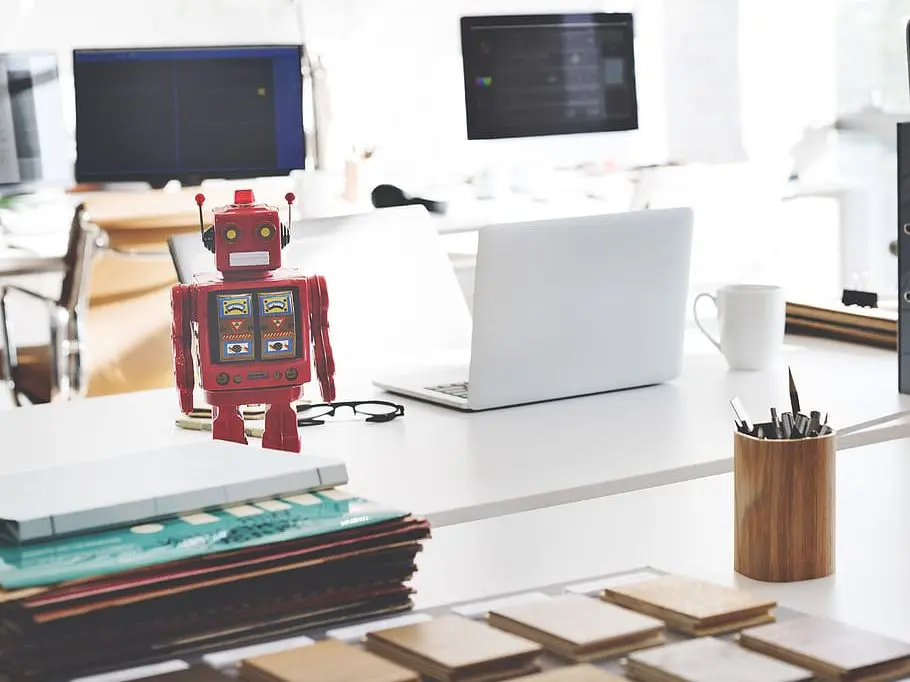
Explore the fascinating world of AI in our blog post ‘Machine Learning is a Subset of Deep Learning’. Uncover truths, dispel myths, and dive deep into the future of technology!
Ever heard the phrase Machine Learning is a Subset of Deep Learning thrown around and wondered what it really means?
Well, you’re in the right place! In this blog post, we’re going to unravel this complex statement, breaking it down into digestible bits.
We’ll journey through the intriguing realms of machine learning and deep learning, exploring their relationship, and shedding light on their unique roles in the ever-evolving field of artificial intelligence.
So, buckle up and get ready for an exciting exploration of these technological marvels!
Machine Learning is a Subset of Deep Learning

Welcome to our deep dive into the intriguing topic of Machine Learning is a Subset of Deep Learning.
If you’ve been curious about these buzzwords that are taking the tech world by storm, you’ve come to the right place!
In this post, we’re going to explore the ins and outs of machine learning and deep learning, their definitions, and the unique relationship between them.
We’ll also debunk some common misconceptions and look ahead to the future of these fascinating fields.
By the end, you’ll have a solid understanding of these complex concepts and their roles in the broader landscape of artificial intelligence.
So, let’s get started and dive right in!
Definition of Machine Learning
Let’s start with Machine Learning. In the simplest terms, machine learning is a type of artificial intelligence that gives computers the ability to learn and make decisions without being explicitly programmed.
It’s like teaching a child to recognize animals. You show them pictures of different animals, tell them what each one is, and over time, they start recognizing and naming the animals themselves.
Similarly, machine learning algorithms use data to learn and make predictions or decisions without being specifically programmed to perform the task.
Definition of Deep Learning
Now, let’s move on to Deep Learning. Deep Learning is a subset of machine learning that’s based on artificial neural networks.
The ‘deep’ in deep learning isn’t a reference to any profound wisdom but to the many layers in the network.
It’s designed to mimic the human brain by learning from large amounts of data while still being able to make sense of something complex like a picture or a sound.
It’s like teaching a child to recognize animals, but this time, the child learns not just from pictures but also from sounds, behaviors, and habitats of the animals.
Relationship between Machine Learning and Deep Learning
So, how do these two relate? Well, as we mentioned, deep learning is a subset of machine learning.
It’s like saying all roses are flowers, but not all flowers are roses.
In the same way, all deep learning is machine learning, but not all machine learning is deep learning.
Deep learning has evolved from the broader field of machine learning, taking inspiration from our understanding of the human brain, and has shown incredible promise in areas where we deal with vast amounts of data.
So, there you have it! We’ve just scratched the surface of these fascinating fields, and there’s so much more to explore.
But don’t worry, we’re going to delve deeper into these topics as we move along. So, stick around!
II. Understanding Machine Learning
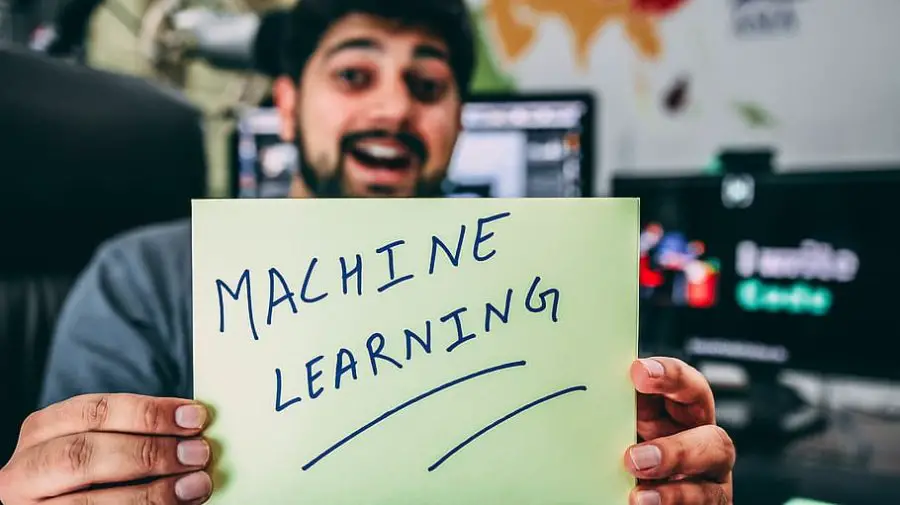
Ready to dive deeper into the world of Machine Learning?
In this section, we’re going to unpack the concept of machine learning, explore its different types, and take a look at some of its applications.
It’s a bit like embarking on a safari through the wilds of artificial intelligence, where we’ll encounter fascinating ‘species’ of algorithms and see them in action.
So, grab your virtual binoculars, and let’s set off on this exciting journey into the heart of machine learning!
The Concept of Machine Learning
Let’s kick things off with the concept of machine learning. At its core, machine learning is all about enabling computers to learn from data and make decisions or predictions without being explicitly programmed to do so.
It’s like teaching a computer to be a detective, sifting through clues (data), learning patterns, and solving mysteries (making predictions).
The more data it has, the better it becomes at solving these mysteries. It’s a powerful tool that’s driving a lot of the technological advancements we see today.
Types of Machine Learning
Now, let’s talk about the different types of machine learning. There are mainly three types: Supervised Learning, Unsupervised Learning, and Reinforcement Learning.
Supervised Learning: This is like learning with a teacher. The algorithm learns from labeled data.
After enough training, it can start to predict outcomes for new, unseen data.
It’s used in applications where the prediction of future events is beneficial, like weather forecasting or stock market prediction.
Unsupervised Learning: This is like learning without a teacher. The algorithm learns from unlabeled data and finds structures and patterns within it.
It’s like a detective trying to find connections between different pieces of evidence.
It’s used in exploratory applications, like identifying customer segments in marketing.
Reinforcement Learning: This is learning by trial and error. The algorithm learns to perform an action from experience.
It’s like teaching a dog a new trick; the dog tries different things and gets a reward or a penalty depending on its actions.
It’s used in various applications where decision-making is crucial, like in self-driving cars or game playing.
Applications of Machine Learning
Finally, let’s look at some applications of machine learning. Machine learning is like the Swiss Army knife of the digital world, it has a multitude of uses!
It’s used in recommendation systems that suggest what movie to watch next on Netflix or what product to buy on Amazon.
It’s used in email filtering systems that identify spam or fraud detection systems that spot suspicious activity.
It’s even used in healthcare to predict diseases and in finance to predict stock prices.
The possibilities are endless, and we’re just scratching the surface of what machine learning can do!
Understanding Deep Learning

Having explored the fascinating world of machine learning, it’s time to dive into the deep end of the pool, namely Deep Learning.
This is where things get really exciting! In this section, we’ll demystify the concept of deep learning, explain how it works, and showcase some of its incredible applications.
It’s like venturing into the depths of the ocean, where we’ll discover the most advanced and mysterious creatures of the AI world.
So, take a deep breath, and let’s plunge into the captivating world of deep learning!
The Concept of Deep Learning
First up, let’s tackle the concept of deep learning. Deep learning is a subset of machine learning that uses something called neural networks with three or more layers.
These neural networks attempt to simulate the behavior of the human brain, albeit far from matching its ability, to learn from large amounts of data.
While a neural network with a single layer can still make approximate predictions, additional hidden layers can help optimize the accuracy.
Deep learning drives many artificial intelligence (AI) applications and services that improve automation, performing analytical and physical tasks without human intervention.
How Deep Learning Works
Now, onto how deep learning works. At its core, deep learning is all about training neural networks.
A neural network takes in inputs, which are then processed in hidden layers using weights that are adjusted during training.
Then it spits out a prediction. The ‘deep’ in deep learning refers to the depth of these layers.
In a three-layer network, the first layer could identify simple shapes, the second layer identifies more complex shapes combining the simple ones, and the third layer makes a final prediction.
It’s like a multi-tiered decision process, with each tier refining the decision of the one before it.
Applications of Deep Learning
Finally, let’s explore some applications of deep learning.
Deep learning is used in many modern AI technologies, from voice-controlled virtual assistants like Siri and Alexa to recommendation systems like those used by Netflix and Amazon.
It’s also used in self-driving cars, enabling them to recognize a stop sign or distinguish a pedestrian from a lamppost.
In healthcare, deep learning is used to identify diseases and disorders in medical imaging like MRIs and X-rays.
It’s also used in natural language processing for translation, sentiment analysis, and more.
The potential applications for deep learning are vast and we’re only just beginning to scratch the surface!
Deep Learning as a Subset of Machine Learning
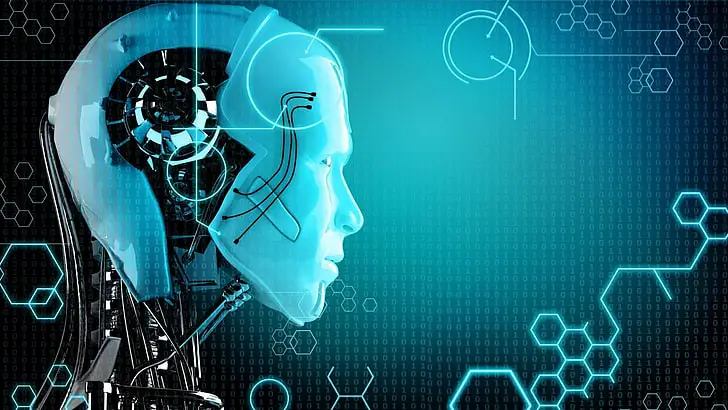
Having explored both machine learning and deep learning individually, it’s time to delve into their relationship.
In this section, we’re going to focus on why we say ‘Deep Learning is a Subset of Machine Learning’.
We’ll explore the hierarchical relationship between AI, machine learning, and deep learning, and highlight the key differences between machine learning and deep learning.
We’ll also provide some concrete examples to illustrate these concepts.
It’s like understanding the relationship between squares and rectangles. All squares are rectangles, but not all rectangles are squares.
So, let’s dive in and explore these intriguing interconnections!
The Hierarchical Relationship: AI, Machine Learning, and Deep Learning
Let’s start with the hierarchical relationship between AI, machine learning, and deep learning.
Picture it like a set of nested dolls. The largest doll is AI, the broadest category. This represents any technique that enables computers to mimic human behavior.
Inside AI, there’s a smaller doll, machine learning, which includes techniques that enable computers to learn from data.
Then, inside machine learning, there’s an even smaller doll, deep learning, which refers to techniques that enable learning from data through the creation of artificial neural networks.
So, deep learning is a subset of machine learning, and both are subsets of AI.
Differences between Machine Learning and Deep Learning
Now, let’s discuss the differences between machine learning and deep learning.
While both are forms of AI, they approach problems differently.
Machine learning algorithms are designed to learn from data and make predictions, but they often require some guidance.
If an algorithm gives an incorrect prediction, it’s corrected by a programmer, and it learns from that mistake.
Deep learning, on the other hand, learns through an artificial neural network that mimics the workings of a human brain.
This means it can learn and make decisions independently. The more data deep learning algorithms are exposed to, the more they learn and the better they become.
So, while machine learning needs some level of human intervention to guide it, deep learning can independently learn from raw data.
Examples Illustrifying Deep Learning as a Subset of Machine Learning
Finally, let’s look at some examples that illustrate deep learning as a subset of machine learning.
A classic example of machine learning is email filtering. Machine learning algorithms learn to classify emails as ‘spam’ or ‘not spam’ based on past data.
If they misclassify an email, they’re corrected, and they learn from that mistake.
On the other hand, a deep learning example is automatic image captioning.
In this task, the algorithm needs to understand the context of an image and generate an appropriate caption.
This involves both recognizing the objects in the image and understanding the language to generate relevant captions.
This task is far more complex and requires the algorithm to learn from a vast amount of data independently, which is why it’s a deep-learning task.
So, in a nutshell, while both machine learning and deep learning are forms of AI, they have different capabilities and are suited to different tasks.
Misconceptions about Machine Learning and Deep Learning
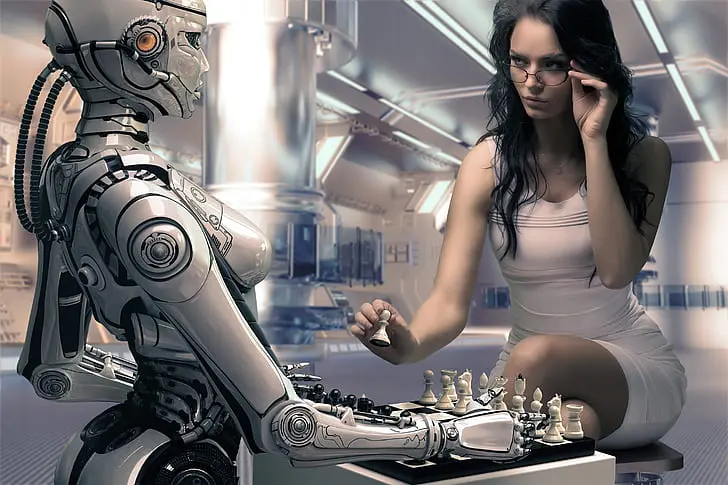
Let’s now turn our attention to some common misconceptions about machine learning and deep learning.
Just like any other popular technology, they’re often surrounded by a cloud of myths and misunderstandings.
In this section, we’re going to play the role of MythBusters, tackling some common misconceptions head-on and revealing the truth behind them.
From the idea that machine learning and deep learning are the same thing, to the belief that they’re only useful in the tech industry, we’re going to set the record straight. So, let’s dive in and separate the facts from the fiction!
Common Misunderstandings
Let’s start with some common misunderstandings about machine learning and deep learning.
One common misconception is that machine learning and deep learning are the same thing.
While they’re closely related, as we’ve discussed, they’re not identical.
Deep learning is a subset of machine learning and represents a more advanced technique.
Another misunderstanding is that you need a huge amount of data to use machine learning or deep learning.
While it’s true that these techniques can benefit from large datasets, it’s also possible to use them effectively with smaller amounts of data, especially when the data is well-suited to the problem at hand.
Finally, there’s a misconception that machine learning and deep learning are only useful in the tech industry.
In reality, these techniques are being used across a wide range of industries, from healthcare to finance to marketing and beyond.
Clarifying the Truth
Now, let’s clarify the truth. While deep learning is a type of machine learning, it’s characterized by the use of neural networks with several layers so hence the ‘deep’ in deep learning.
These layers enable the model to learn from data in a hierarchical way, which can be particularly useful when dealing with complex tasks like image or speech recognition.
As for the amount of data needed, the key is not just the quantity but also the quality of the data.
A smaller, well-curated dataset can often be more useful than a large, messy one.
And with techniques like data augmentation and transfer learning, it’s possible to achieve great results with deep learning even when you don’t have massive amounts of data.
Finally, the applications of machine learning and deep learning extend far beyond the tech industry.
These techniques are being used to predict disease outbreaks, optimize supply chains, personalize customer experiences, and much more.
So, no matter what industry you’re in, there’s likely a way that machine learning and deep learning could add value.
The Future of Machine Learning and Deep Learning
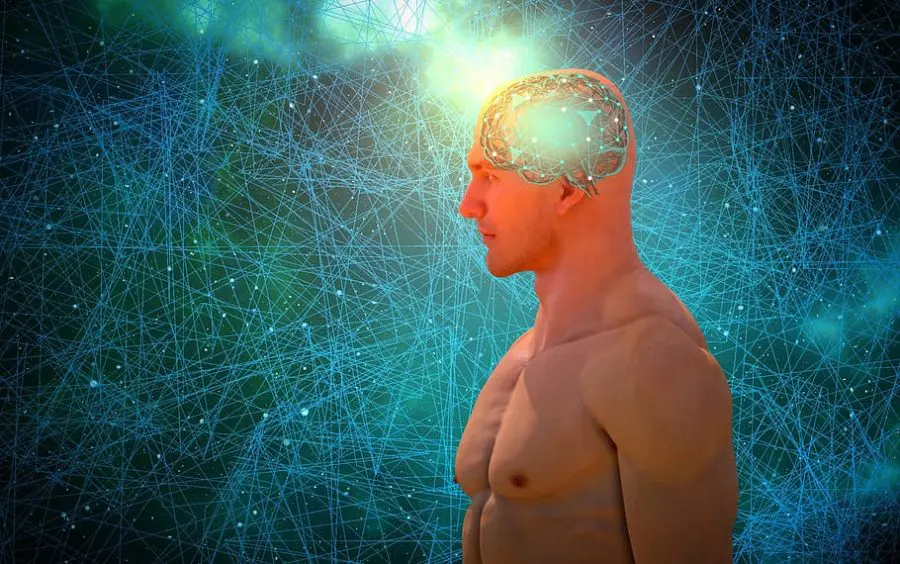
Now that we’ve explored the current landscape of machine learning and deep learning, it’s time to cast our eyes on the future.
What exciting developments can we expect in these fields? How will they shape our world in the years to come?
In this section, we’ll gaze into our crystal ball and discuss predicted trends in machine learning and deep learning, as well as their potential impact on various industries.
It’s like taking a sneak peek into a future where AI technologies become even more integrated into our daily lives.
So, let’s fasten our seatbelts and set off on this journey into the future!
Predicted Trends
First, let’s talk about some predicted trends in machine learning and deep learning.
One major trend is the increasing use of these technologies in everyday applications.
From voice assistants in our homes to recommendation systems on our favorite shopping sites, machine learning, and deep learning are becoming more and more integrated into our daily lives.
Another trend is the advancement of deep learning techniques.
As we continue to refine these techniques and develop new ones, we can expect deep learning to become even more powerful.
For instance, we’re likely to see improvements in areas like unsupervised learning, where algorithms learn from unlabeled data, and reinforcement learning, where algorithms learn by trial and error.
Finally, we can expect to see more efforts to make machine learning and deep learning more accessible and understandable.
This includes the development of tools and platforms that make it easier for non-experts to use these technologies, as well as efforts to improve the transparency and explainability of machine learning and deep learning models.
Impact on Various Industries
Now, let’s consider the impact of these trends on various industries.
In healthcare, machine learning and deep learning could be used to predict disease outbreaks, personalize treatment plans, and even assist in surgery.
In finance, these technologies could be used to detect fraudulent transactions, optimize investment strategies, and provide personalized financial advice.
In the retail industry, machine learning and deep learning could be used to personalize customer experiences, optimize supply chains, and improve inventory management.
And in the transportation industry, these technologies could be used to improve route planning, optimize fuel efficiency, and even enable self-driving vehicles.
In short, the potential impact of machine learning and deep learning is vast.
As these technologies continue to advance, we can expect them to bring significant changes to a wide range of industries.
So, whether you’re a business leader, a researcher, or just a curious individual, it’s an exciting time to be involved in the world of machine learning and deep learning!
Machine Learning is a Subset of Deep Learning FAQs
Throughout our exploration of machine learning and deep learning, you’ve probably had a few questions pop up. Well, you’re not alone!
In this section, we’re going to address some frequently asked questions about these topics.
We’ll tackle them in a straightforward Q&A format, providing clear and concise answers.
So, whether you’re wondering about the difference between machine learning and deep learning or curious about the subsets of AI, we’ve got you covered.
Let’s dive into these FAQs and quench your thirst for knowledge!
Q: What is the difference between machine learning and deep learning?
A: Machine learning and deep learning are both forms of artificial intelligence that allow computers to learn from data.
The key difference lies in their complexity and capabilities.
Machine learning uses algorithms to parse data, learn from it, and make informed decisions.
Deep learning, on the other hand, uses artificial neural networks to simulate human decision-making processes.
It’s a more advanced form of machine learning that can learn independently from raw data, making it more effective for complex tasks like image and speech recognition.
Q: Is Machine Learning a Subset of Deep Learning?
A: No, it’s actually the other way around. Deep learning is a subset of machine learning.
It’s a specific technique for implementing machine learning that uses artificial neural networks with multiple layers (hence the ‘deep’ in deep learning) to model and understand complex patterns in datasets.
Q: What Subset of AI Includes Deep Learning?
A: Deep learning is a subset of machine learning, and machine learning is a subset of artificial intelligence (AI).
So, deep learning is a part of AI. AI is the broadest term, encompassing any technique that enables computers to mimic human behavior.
Machine learning, which includes techniques that enable computers to learn from data, is a part of AI.
And deep learning, which uses multi-layered artificial neural networks to learn from data, is a part of machine learning.
Q: What are the three levels of machine learning?
A: The three main types of machine learning are Supervised Learning, Unsupervised Learning, and Reinforcement Learning.
Supervised Learning: The algorithm learns from labeled data and makes predictions based on that data.
It’s like learning with a teacher who provides the correct answers.
Unsupervised Learning: The algorithm learns from unlabeled data and finds structures and patterns within it.
It’s like learning through exploration without a specific goal in mind.
Reinforcement Learning: The algorithm learns by trial and error, making decisions based on rewards and penalties.
It’s like learning a game by playing it over and over and trying to maximize your score.
Machine Learning is a Subset of Deep Learning Conclusion
As we approach the end of our deep dive into machine learning and deep learning, it’s time to gather our thoughts and reflect on what we’ve learned.
In this concluding section, we’ll recap the key points and share some final thoughts on these fascinating technologies.
It’s like the final chapter of a thrilling book, where all the loose ends are tied up and the story comes to a satisfying close.
So, let’s take a moment to look back on our journey and consider the implications of these powerful tools in our increasingly digital world.
Recap of Key Points
Let’s revisit the key points we’ve covered.
We started by defining machine learning and deep learning and understanding their relationship.
We learned that machine learning is a form of artificial intelligence that allows computers to learn from data, and deep learning is a more advanced subset of machine learning that uses artificial neural networks to learn from data in a hierarchical way.
We then delved into the concepts, types, and applications of both machine learning and deep learning.
We discovered that these technologies are used in a wide range of industries, from healthcare to finance to retail and beyond.
We also debunked some common misconceptions about machine learning and deep learning and highlighted the differences between them.
We learned that while deep learning is a type of machine learning, it’s more advanced and capable of learning independently from raw data.
Finally, we looked to the future, discussing predicted trends in machine learning and deep learning, and their potential impact on various industries.
Final Thoughts
In conclusion, machine learning and deep learning are powerful tools that are transforming the way we live and work.
They’re enabling us to solve complex problems, make better decisions, and create more personalized experiences.
And while they’re already having a significant impact, we’re just scratching the surface of what’s possible.
As these technologies continue to advance, we can expect them to bring even more changes and opportunities.
So, whether you’re a business leader, a researcher, or just a curious individual, it’s an exciting time to be involved in the world of machine learning and deep learning.
Stay curious, keep learning, and who knows what amazing things you’ll discover!

